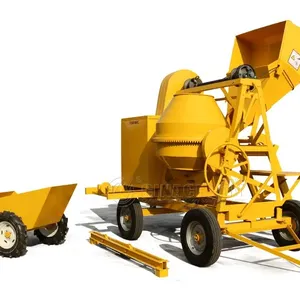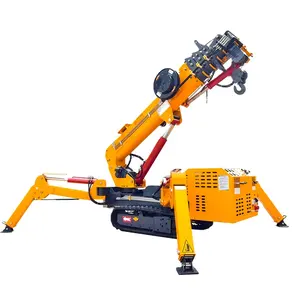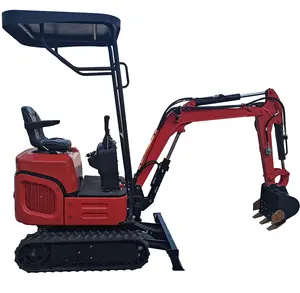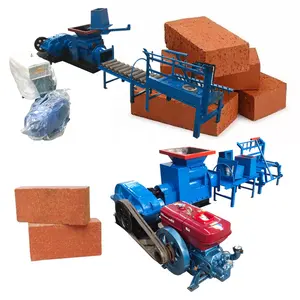Popular in your industry
































































































































































































































Top categories
About water tanker capacity
A water tanker capacity refers to the volume of water a tanker can hold and transport. It is a critical factor in determining the efficiency and practicality of a water tanker for various applications, such as firefighting, agricultural irrigation, and water supply in areas with limited access to water sources. The water tanker's capacity can vary significantly, ranging from small truck-mounted tanks to large trailers or semi-trailers designed for heavy-duty water transportation. Additionally, the capacity of a water tanker truck is often measured in liters or cubic meters. Understanding the water tanker's capacity is essential for planning and executing water transport operations effectively.
The types of water tanker capacity
Water tankers are essential for transporting large volumes of water to various locations. The lorry water tank capacity varies depending on the type of tanker. For example, smaller tankers used for localized water distribution may have a water tanker volume of 5,000 to 10,000 liters, while larger tankers designed for long-distance transportation can have capacities exceeding 30,000 liters. Moreover, the capacity of water tankers can also be categorized based on their size and configuration. Small water tankers, commonly mounted on trucks, are ideal for navigating narrow roads and accessing remote areas. They typically have a capacity ranging from 5,000 to 10,000 liters, making them suitable for applications such as dust suppression and small-scale water delivery. Medium-sized water tankers, often mounted on larger trucks or specialized chassis, have a capacity of 10,000 to 20,000 liters. These tankers strike a balance between maneuverability and water-carrying capability, making them versatile for tasks like municipal water supply and construction site water provision. Large water tankers, which include trailer or semi-trailer configurations, are designed for heavy-duty water transportation. They can have a capacity of 20,000 to over 50,000 liters, catering to demanding applications such as firefighting, agricultural irrigation, and bulk water supply in arid regions.
The benefits of water tanker capacity
Water tankers play a crucial role in addressing water scarcity, emergency response, and various industrial and commercial needs. Having the right water tanker capacity is essential for optimizing water transport operations and ensuring efficient resource utilization. A water tanker with an insufficient capacity may require frequent refills, leading to operational disruptions and increased downtime. In contrast, a tanker with an adequate capacity can minimize the number of trips, optimize fuel consumption, and enhance overall productivity. Furthermore, the benefits of having an optimal 1 water tanker capacity in liters are particularly evident in emergency situations, such as firefighting and disaster relief. A larger water tanker capacity allows for the rapid deployment of significant water volumes to combat fires and provide essential water supplies in crisis scenarios. Additionally, in agricultural settings, water tankers with the right capacity are vital for irrigation, especially in areas where access to water sources is limited. By efficiently delivering water to crops, these tankers contribute to improved agricultural productivity and sustainable water management. Moreover, in construction and mining industries, water tankers with varying capacities are utilized for dust suppression, road compaction, and other site-specific applications, ensuring a safe and efficient work environment. In conclusion, the water tanker capacity is a critical consideration in selecting the right tanker for specific applications, as it directly impacts operational efficiency, flexibility, and the ability to meet diverse water transport needs.



























